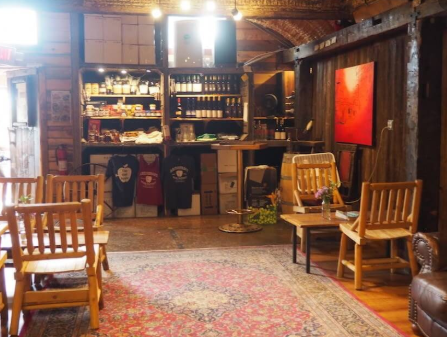 For an especially unique looking custom wine basement floor recovered wine barrel ground surface is a brilliant decision and ending up more generally utilized in wine basements. It is oak and made by ace skilled workers from genuine oak wine barrels that are somewhere in the range of 6 and 50 years of age. Since these barrels recently held wine, the wood has just been presented to extraordinary moistness levels. The barrels are sent through a procedure that actualizes an assortment of specific methods to make an olde world style product offering. The ground surface can be stuck or nailed over a zone that has been set up with a vapor obstruction.
For an especially unique looking custom wine basement floor recovered wine barrel ground surface is a brilliant decision and ending up more generally utilized in wine basements. It is oak and made by ace skilled workers from genuine oak wine barrels that are somewhere in the range of 6 and 50 years of age. Since these barrels recently held wine, the wood has just been presented to extraordinary moistness levels. The barrels are sent through a procedure that actualizes an assortment of specific methods to make an olde world style product offering. The ground surface can be stuck or nailed over a zone that has been set up with a vapor obstruction. Three separate styles are accessible. The Cooperage ground surface is produced using the barrel head with the majority of its patina, cooperage stamps and unique markings. The Wine Infusion ground surface is produced using within the wine barrels where the wood has been normally recolored by the wine during the development procedure. The Stave ground surface is made utilizing the outside of the wine barrels. At the point when the outside bands are evacuated they abandon unmistakable markings and surface.
The wine barrel ground surface is an announcement of style and brings the history and matured magnificence of wine into the character of your wine basement. A genuine discussion piece, this recovered wine barrel item is likewise accessible in drop-in prepared tabletops and ledges.
Plug ground surface is another extraordinary method to make a wine basement floor. It is strong and extremely economical. It is the thing that you call a "coasting floor" establishment. Plug deck comes in tongue and furrow sorts that snap out and are held set up with a straightforward embellishment. A few styles, examples and hues are accessible.
Both recovered wine barrel ground surface and plug deck are exceptional and clear approaches to state "this is my uncommon and one of a kind wine basement".





